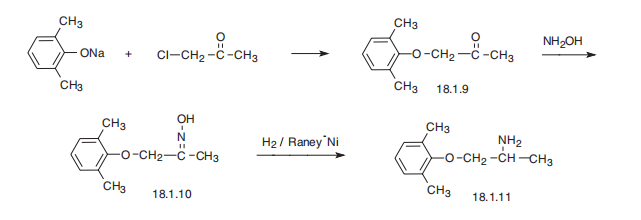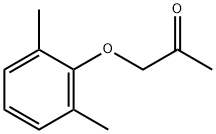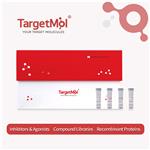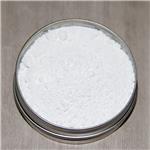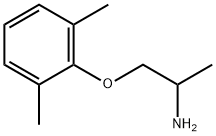
1-(2,6-Dimethylphenoxy)-2-propanamine
- Product Name1-(2,6-Dimethylphenoxy)-2-propanamine
- CAS31828-71-4
- CBNumberCB9497353
- MFC11H17NO
- MW179.26
- EINECS250-825-7
- MDL NumberMFCD00216024
- MOL File31828-71-4.mol
- MSDS FileSDS
Chemical Properties
| Melting point | 203-205 °C |
| Boiling point | 271.5±28.0 °C(Predicted) |
| Density | 0.979±0.06 g/cm3(Predicted) |
| storage temp. | 2-8°C |
| solubility | ethanol: 50 mg/mL |
| pka | pKa 9.14± 0.01(H2O,t =25±0.2,I=0.01(NaCl))(Approximate) |
| form | powder |
| color | white |
| BCS Class | 1 |
| CAS DataBase Reference | 31828-71-4(CAS DataBase Reference) |
| EWG's Food Scores | 1 |
| FDA UNII | 1U511HHV4Z |
| ATC code | C01BB02 |
| NIST Chemistry Reference | Mexiletine(31828-71-4) |
Safety
| Symbol(GHS) |

|
| Signal word | Warning |
| Hazard statements | H302 |
| Precautionary statements | P264-P270-P301+P312-P330-P501 |
| Hazard Codes | Xn |
| Risk Statements | 20/21/22 |
| Safety Statements | 36 |
| RIDADR | 3249 |
| WGK Germany | 3 |
| RTECS | KR9300000 |
| HazardClass | 6.1(b) |
| PackingGroup | III |
